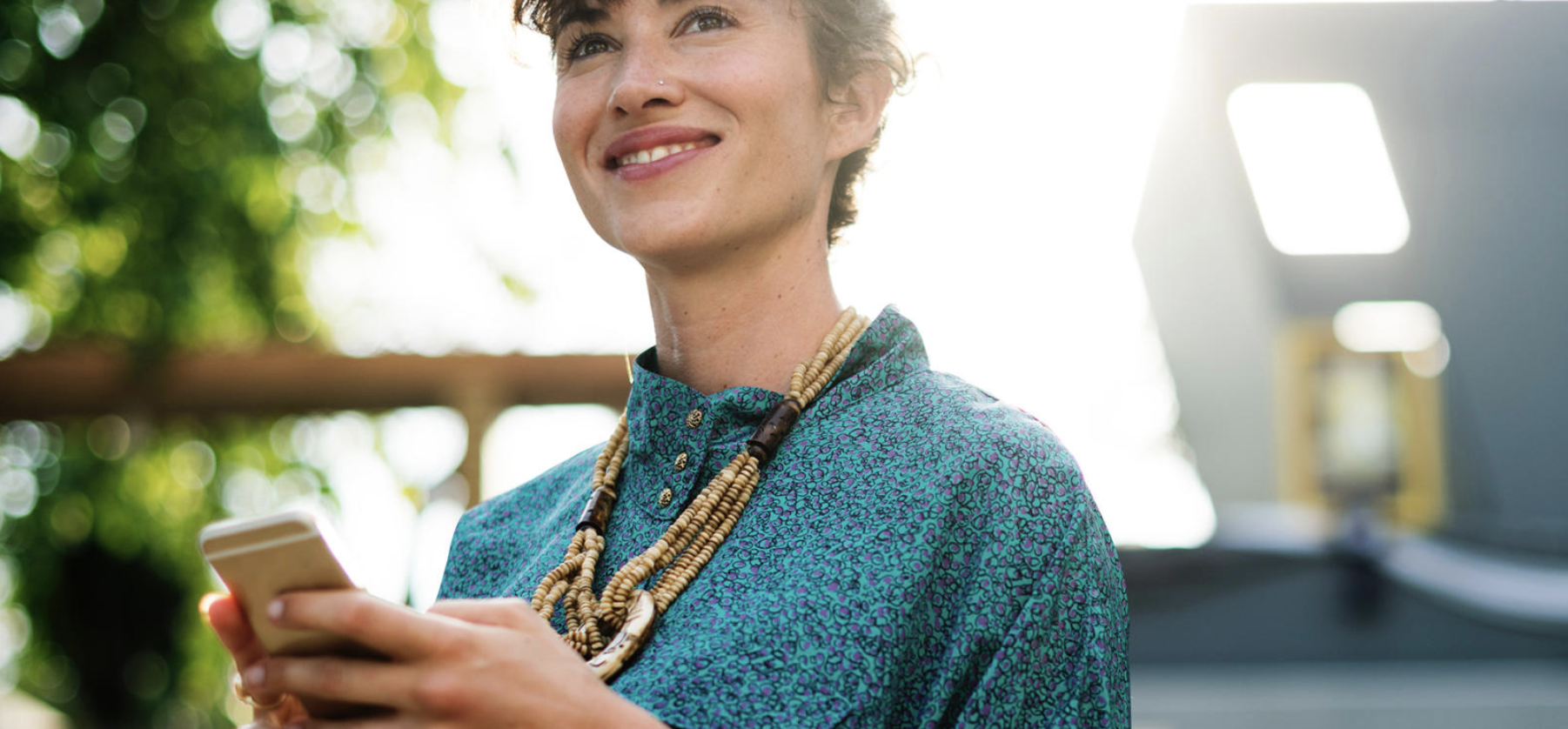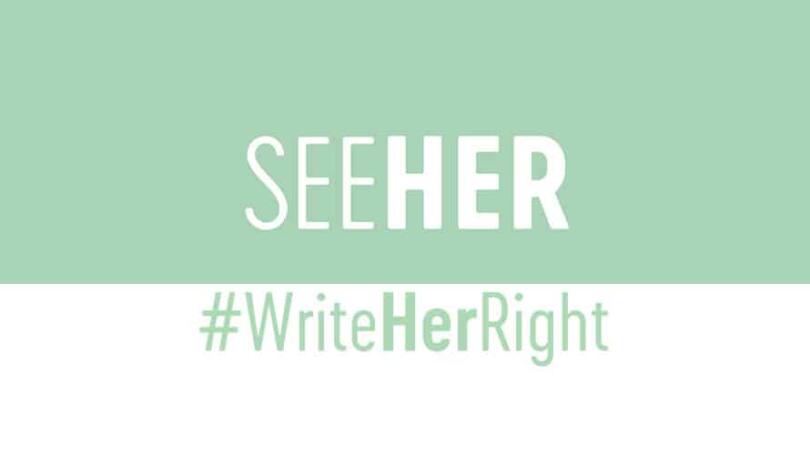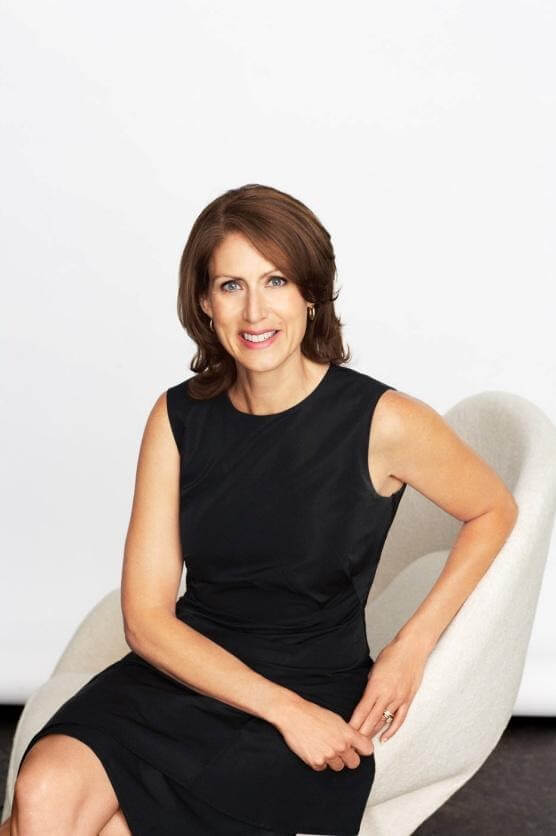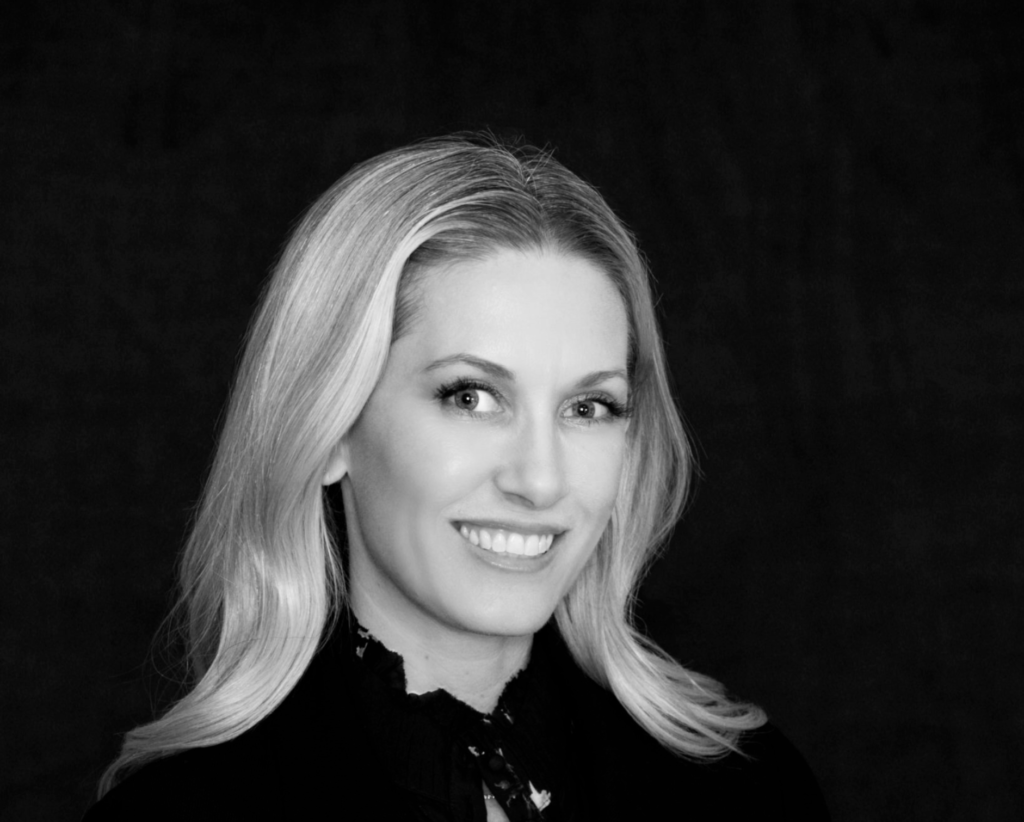
The Association of National Advertisers launched the #SeeHer initiative two years ago to bust stereotypes and increase accurate portrayals of women in marketing. Here’s how it works and where it’s going in 2019.
“It’s the right thing to do, meshed with a business objective.”—Patty Kerr, Executive Director, #SeeHer
The SheReports newsletter is produced in conjunction with the #SeeHer initiative at the Association of National Advertisers (ANA). It’s an effort launched in 2016 to increase accurate portrayals of women and girls in advertising and marketing by 20 percent by the year 2020, the 100th anniversary of the 19th Amendment, which gave women in the United States the right to vote. For this year-end issue of SheReports, we spoke to Patty Kerr, executive director of #SeeHer. She talked about what #SeeHer has accomplished, how it benefits marketers and where it’s going next.

What led to the creation of #SeeHer?
It was prompted by a conversation our cofounders — Gail Tifford, now of WW and back then at Unilever, and Shelley Zalis of the The Female Quotient — had in Washington, D.C., in late 2015. They were at a dinner party hosted by Megan Smith, who came from Google and was then CTO of the United States. They were talking about the lack of women in certain fields like STEM, and that got turned into a larger conversation about women in media. They started talking about how marketers use their dollars to support content and how a group like ANA could use the scale of a lot of marketers together to change how women and girls are portrayed. They brought the concept to the ANA, and we all moved quickly to create a brand. We launched a few months later at the United State of Women Summit at the White House with the goal of improving representation by 20 percent by 2020.
How does that actually work?
The most impactful step we took was to develop a gender equality index to help members look at their ads and see if there is unconscious bias in them as well as help us measure progress towards our goal. It’s called GEM®, or the Gender Equality Measure, a name that we trademarked. It’s a data-driven methodology that identifies unconscious bias in advertising and programming, and it’s used by marketers, researchers and media partners throughout our industry to help with looking at those unconscious beliefs. So far, we’ve measured 60,000 ads and 500-plus programs.
The process asks people to review an ad or programming and then see if they agree or disagree with four statements: I think highly of the way women are represented. Women are presented in a respectful manner. It is inappropriate how women are featured. Women are presented in a manner where they can be seen as good role models for other women and young girls. From there, we calculate the GEM® score, a quantification of consumer reaction to the portrayal of women in ads or programming. And we’ve given it to the whole industry as an open source.

And what really makes GEM® unique is that there’s an ROI attached to it, so good GEM® scores help marketers deliver higher ROI and brand lift.
The most impactful step we took was to develop a gender equality index to help members look at their ads and see if there is unconscious bias in them as well as help us measure progress towards our goal. It’s called GEM®, or the Gender Equality Measure, a name that we trademarked.
What changes have you seen that have been prompted by this effort?
We’ve seen a diminishing of unconscious bias and an increase in authentic portrayals of girls and women in ads. And we’ve seen marketers reallocating their media investment dollars to support content that reflects the #SeeHer mission.
A big development with ad improvement is that we’ve already reached our goal in advertising, halfway to 2020. We’ve improved our marketers’ portrayals of women by 20 percent, according to GEM® scores. Now we need to do the same with content in 2019.
And what really makes GEM® unique is that there’s an ROI attached to it, so good GEM® scores help marketers deliver higher ROI and brand lift.
Where else do you go next?
For research, we are taking GEM® global. Many of our members are transnational, so it makes sense to offer the insight on a larger scale. We’ll also be scoring more content, so marketers will have more places to put their ad investments.
![]()
You’ve been doing this since 2016. How has this initiative intersected with what’s been going on in the last year with #MeToo and so much more focus on these issues?
Of course, there is an increased awareness about gender equality in society, which includes media as media influences society. There are so many issues surrounding equality. Our members are addressing the issues in the workplace (like pay gap) and in media. Our mission is to improve representation in media. The largest impact from our coalition comes from our members using their ad investment dollars to influence change.
We’ve seen a diminishing of unconscious bias and an increase in authentic portrayals of girls and women in ads.
Who is using this process?
All our members. There are 70-plus members and more than 1,000 brands. We look at ads, and we host boot camps to show marketers ads that worked, ads that didn’t and how to improve. That’s all confidential. We only share good results publicly. Georgia Pacific, for example, looked at one of their products — paper towels. It had a lumberjack on the package. They changed it from a male to a female lumberjack, and they saw an immediate lift. We showcased USAA for Veterans Day ads about honoring veterans; they went through the GEM® process with an ad about women veterans. We do this every day for our members.
Our mission is to improve representation in media. The largest impact from our coalition comes from our members using their ad investment dollars to influence change.
Have you learned anything working on this that was surprising to you?
One thing that we are all pleasantly surprised by is the spirit of collaboration. Marketers, content providers, networks — they all understand the business rationale. Women influence 85 percent of consumer decisions, so it’s good business to portray your consumer correctly. But in addition to the business, everyone is committed personally. Women, men, moms, dads, uncles, aunts — they all have a personal connection and passion for participating. It’s the right thing to do, meshed with a business objective. With a coalition of $50 billion in U.S. media spend, led by the biggest marketers in the country, everyone gets lifted by the movement. The aggregate power of this group is amazing.



